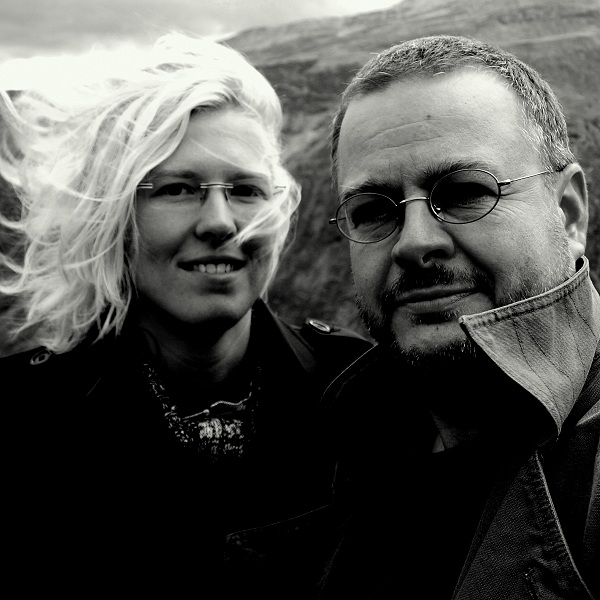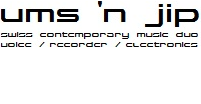DECEMBER 1952 (Earle Brown)
![]()

![]()
PROGRAM
Earle Brown (1926-2002)
December 1952
for any instrument(s)
![]()
ABOUT
EARLE BROWN (December 26, 1926 – July 2, 2002) was an American composer who established his own formal and notational systems. Brown was the creator of open form,[1] a style of musical construction that has influenced many composers since—notably the downtown New York scene of the 1980s and generations of younger composers.
Among his most famous works are December 1952, an entirely graphic score, and the open form pieces Available Forms I & II, Centering, and Cross Sections and Color Fields. Brown's first open-form piece, Twenty-Five Pages, was 25 unbound pages, and called for anywhere between one and 25 pianists. The score allowed the performer(s) to arrange the pages in whatever order they saw fit.[2] Also, the pages were notated symmetrically and without clefs so that the top and bottom orientation was reversible. Through this procedure, no two performances of an open form Brown score are the same, yet each piece retains a singular identity and his works exhibit great variety from work to work. Brown relates his work in open form to a combination of Alexander Calder's mobile sculptures and the spontaneous decision making used in the creation of Jackson Pollock's action paintings. Although Brown precisely notated compositions throughout his career using traditional notation, he also was an inventor and early practitioner of various innovative notations. In Twenty-Five Pages, and in other works, Brown used what he called "time notation" or "proportional notation" where rhythms were indicated by their horizontal length and placement in relation to each other and were to be interpreted flexibly. However, by Modules I and II (1966), Brown more often used stemless note heads which could be interpreted with even greater flexibility. In 1959, with Hodograph I, Brown sketched the contour and character abstractly in what he called "implicit areas" of the piece. This graphic style was more gestural and calligraphic than the geometric abstraction of December 1952. Beginning with Available Forms I, Brown used this graphic notation on the staff in some sections of the score. December 1952 is perhaps Brown's most famous score. It is part of a larger set of unusually notated music called FOLIO. Although this collection is misconstrued as coming out of nowhere historically, music notation has existed in many forms—both as a mechanism for creation and analysis. Brown studied what is now called Early Music, which had its own systems of notation, and was a student of the Schillinger System, which almost exclusively used graph methods for describing music. From this perspective FOLIO was an inspired, yet logical connection to be made—especially for a Northeasterner who grew up playing and improvising jazz. December 1952 consists purely of horizontal and vertical lines varying in width, spread out over the page; it is a landmark piece in the history of graphic notation of music. The role of the performer is to interpret the score visually and translate the graphical information to music. In Brown's notes on the work he even suggests that one consider this 2D space as 3D and imagine moving through it. The other pieces in the collection are not as abstract. According to dates on the scores, Brown wrote December 1952 and then moved back towards forms of notation that contain more specific musical information.
https://en.wikipedia.org/wiki/Earle_Brown
![]()
REFERENCES

















